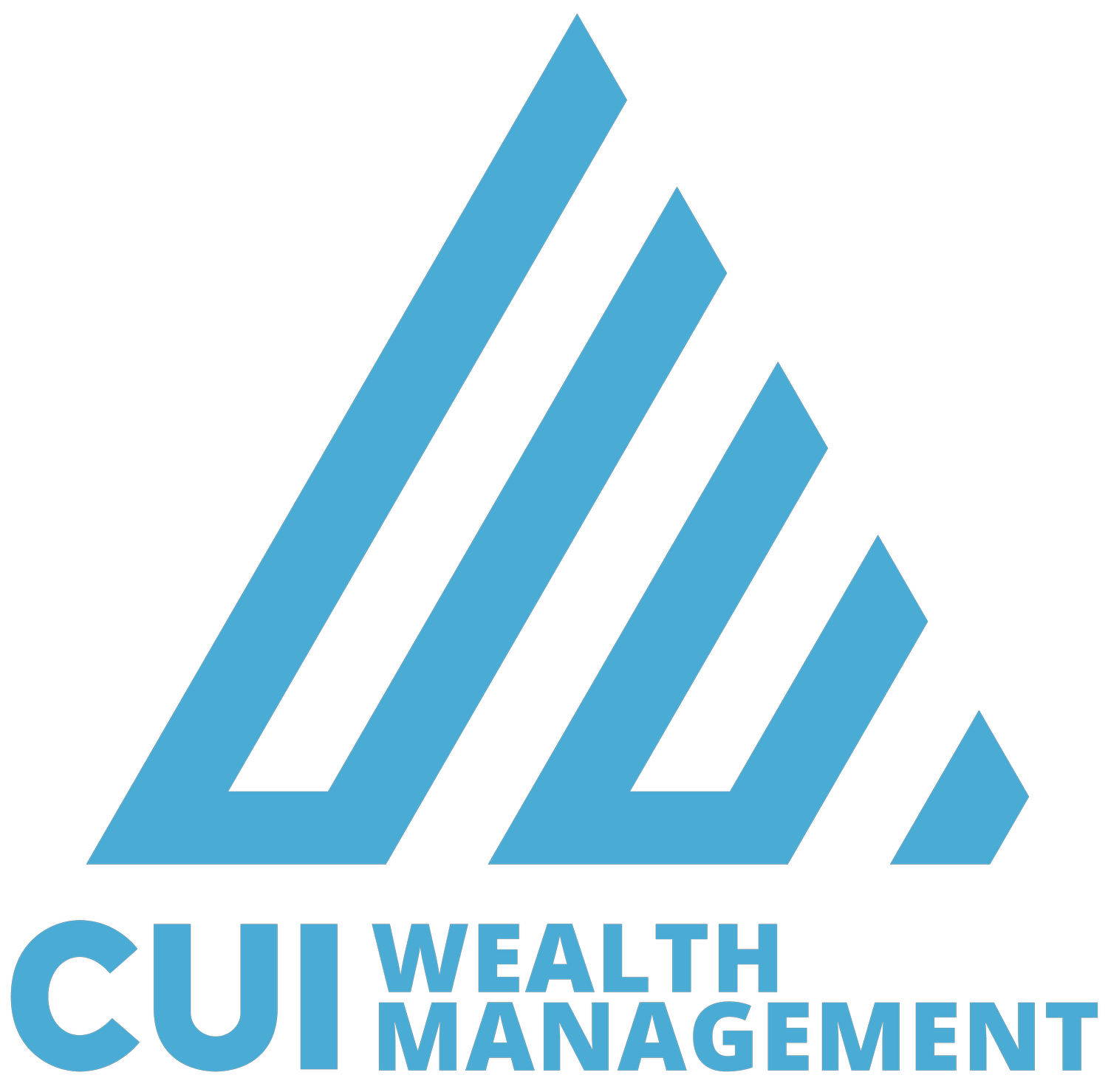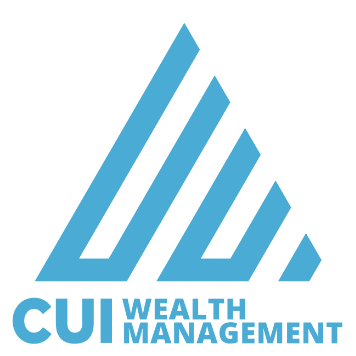A Comprehensive Guide to the 401(k) RFP Process
Started the 401(k) RFP Process
As an employer or plan fiduciary, you need to choose the right 401(k) providers to ensure the financial well-being of your employees. You must undertake a thorough Request for Proposal (RFP) process to do so. This will help you evaluate and compare providers based on their track record, services, fees, and other critical factors. By following a well-crafted 401(k) RFP process, you can establish a successful and beneficial retirement savings program that meets the diverse needs of your employees.
We have worked with many companies over the years as they have gone about an RFP process to find the right 401(k) providers such as TPA's and recordkeepers. We have also been on the other end of the RFP process, seeing how employers have vetted other 401(k) advisors against us. We have seen all levels of experience and noted what has worked well and what can be improved upon.
Choosing the right providers is a critical decision for employers. As you request proposals, it is crucial to focus on the process and utilize the experience of a knowledgeable 401(k) advisor.
Some employers assume their financial advisor is qualified to advise them on their 401(k), but this is not always true. Just because a financial advisor is qualified to provide financial planning advice does not mean that a financial advisor is qualified to advise on the intricacies of employer-sponsored retirement plans.
Define Objectives and Criteria
Selecting the right retirement plan provider for your company is a crucial decision that requires careful planning and preparation. To begin, you need to have clear goals and objectives that will guide you throughout the process. It's essential to take a step back and assess your company's demographics and long-term goals.
To ensure that your 401(k) RFP process is successful, it's essential to define your objectives and criteria clearly and concisely. Choosing to set up or have a 401(k) plan simply because your competitors are doing so is not enough. You must understand your company's goals and objectives and the demographics of your company. This will help you ask the right questions to potential service providers.
Understanding your company's needs and objectives can offer benefits when designing a retirement plan to give your company a competitive edge. There are multiple ways to design a 401(k) plan, and with the help of a skilled wealth management professional familiar with 401(k) plans, you can customize your plan to meet your company's specific requirements.
You should consider the needs and preferences of your employees, including investment options, fees, employee education, and administrative services. By establishing well-defined criteria, you can identify the most suitable provider for your organization. This will ensure that employees receive the best possible retirement plan and are on track to achieve their financial goals.
As a fiduciary of your retirement plan, you must act in the best interest of the participants and their beneficiaries.
Develop a Comprehensive RFP Document
Drafting a thorough and detailed Request for Proposal (RFP) document is a foundational step in the 401(k) provider selection process. This document serves as the roadmap that guides potential providers in understanding your company's unique needs, goals, and expectations for the retirement plan. Here's a closer look at why a well-structured RFP document is essential and what elements it can include:
Company Overview
In order to start an RFP document, it is important to first provide potential providers with an overview of your company. This overview should include important details about your company's history, size, industry, and unique characteristics that differentiate your organization from others.
This section of the RFP provides context for potential providers, giving them the necessary information to tailor their proposals to your company's specific needs.
If you are planning to create an RFP for record keepers or TPAs (Third Party Administrators), seeking the help of a 401(k) financial advisor can be beneficial. A wealth management professional who is experienced with 401(k) plans can assist you in creating this section of the RFP.
Asking providers about their experience in your industry or with companies that are similar in size to yours can be a great way to determine their expertise. It also gives you an opportunity to find out if the provider has worked with organizations with similar characteristics to your company.
Goals of the Retirement Plan
As mentioned before, it's essential to know what your goals are for the retirement plan. A skilled 401(k) advisor can help you narrow down your goals and objectives for the plan. It's essential to articulate your goals and objectives clearly. Some of these may include:
Educational resources.
Investment selection.
A goal to minimize unnecessary fees.
Employee Demographics
Highlight any specific preferences or needs your employees may have. Understanding the demographic and preference factors enables providers to tailor their offerings better to meet the needs of your diverse employee base. This will also give you a better idea of which providers will be best for your organization.
Current Plan Structure
If applicable, outline the existing 401(k) plan structure of your current retirement plan. Identify areas where improvements are desired. This information helps potential providers understand the context of their proposal about your current plan.
Administrative Requirements
Specify any administrative requirements and expectations for the 401(k) plan. This may include details about:
Recordkeeping.
Reporting.
Compliance monitoring.
Administrative services.
Clear communication of these requirements ensures that providers can address the technical aspects of plan administration effectively.
Provider Background
It is important to gather background information about potential 401(k) service providers. You can ask them to provide details about their background, industry experience, a brief summary of their services, and their organizational structure. Here are some key points to consider while reviewing their information:
Total assets they manage.
Length of time they have been in the industry.
Number of clients they currently serve.
Cybersecurity policies they have in place to protect participant data.
Any conflicts of interest they may have.
Whether they offer fee-based or commission-based services.
Whether they have financial wellness capabilities.
Whether they have 360 or 180 payroll integration.
Investment Options and Fund Lineup
When selecting a record keeper for your investments, it's important to understand the investment options and fund lineup they offer. Some record keepers have their own proprietary investment options. You may be required to use specific funds. However, it's important to verify if you have an open architecture and can choose from a wide range of investment options. While some recordkeepers offer discounts on their proprietary funds, it's crucial to ensure that the investment options being offered are of high quality.
Participant Education and Communication
It is important to place a significant focus on participant education and communication within the retirement plan. This involves specifying the types of educational resources and communication channels that you expect the provider to offer. This emphasis on participant education can contribute to better-informed decision-making among employees.
When searching for a recordkeeper or a TPA, it is crucial to understand the notice delivery services that the provider offers. For instance, will they deliver notices electronically or via paper? Additionally, will the provider send participant notices directly to the participants or will there be certain notices that you will be required to distribute to your employees?
Fee Structure and Cost Transparency
It is important to have a clear understanding of the fee structure for your retirement plan. Request detailed information about all fees associated with the plan to ensure that there are no hidden costs. This transparency will allow you to make an informed comparison of proposals based on costs.
In addition to fee transparency, it is important to determine if there are any conflicts of interest with the retirement plan provider. Be sure to ask about this to ensure that your provider is acting in your best interest.
Technology and User Experience
In the era of digitalization, the technology and user experience of a retirement plan platform are crucial. You need to clearly state your expectations regarding the technology infrastructure, user interface, and accessibility for both employers and employees. A user-friendly platform can enhance the engagement and satisfaction of plan participants.
As part of the technology analysis, it is crucial to understand the provider's cybersecurity policy. You want to ensure that your employees' data is secure.
While technology and user experience are essential, keep in mind your company demographics. We have seen providers showcase cutting-edge technology, but end up with employees who don't use it or find it too complicated. Also, remember that employees visit 401(k) providers' websites occasionally and don't spend much time on them. You don't want a sleek web design to distract you from other attributes that may be more important.
Compliance and Regulatory Considerations
It is important to consider compliance and regulatory requirements when dealing with retirement plans. Therefore, it is necessary to clearly communicate your expectations to the provider about complying with relevant laws and regulations. You should also enquire about the provider's processes for ensuring compliance, reporting, and handling any regulatory changes that may occur. This will help ensure that the retirement plan is in line with regulatory requirements and will minimize any potential risks.
Identify Qualified Providers
To identify qualified providers for your 401(k) plan, reach out to a diverse group of providers and invite them to participate in the RFP process. When selecting potential providers, consider factors such as industry reputation, experience, and financial stability. A diverse pool of candidates will enable you to make an informed decision and choose a provider that aligns with your company's values and goals.
It is important to take notes and document providers, along with the reasons for considering them.
Conduct Due Diligence
Once you receive proposals, conduct thorough due diligence on each provider. Schedule meetings, ask for references, and seek feedback from current clients. Evaluate the provider's track record in managing 401(k) plans and inquire about their commitment to participant success.
Our 401(k) advising team has access to tools and technology to make side-by-side comparisons between most 401(k) providers on various criteria. This simplifies the due diligence process.
Consider Plan Design Flexibility
When conducting a 401(k) RFP process, it is important to consider the flexibility of the plan design. A good provider should offer customizable plan options that allow you to tailor the retirement program to meet the specific needs of your workforce. This will ensure that the plan is designed to best suit your employees' needs.
Communicate Effectively
Effective communication is critical throughout the RFP process. Communicate timelines, expectations, and any additional information providers may need. Open and transparent communication fosters a positive relationship between you and potential providers.
Documentation
One of the key aspects of the RFP process is to ensure that you have proper documentation. This documentation should be kept in your fiduciary file to confirm that you have followed a prudent process while selecting a qualified retirement plan advisor.
Conclusion
Selecting the right 401(k) provider is a critical decision that requires a well-organized and thorough RFP process. By defining objectives, creating a comprehensive RFP document, identifying qualified providers, establishing evaluation criteria, conducting due diligence, considering plan design flexibility, and maintaining effective communication, you can navigate the path to a successful and beneficial retirement savings program for their employees.
A thoughtful and strategic approach to the 401(k) RFP process can contribute to the long-term financial well-being of employers and employees alike.
Although the Request for Proposal (RFP) process can be overwhelming, it can be made simpler by seeking the assistance of an experienced 401K advisor. Our team of advisors in Utah can assist you in evaluating your current situation and developing a sound process to identify a suitable provider for your company.




